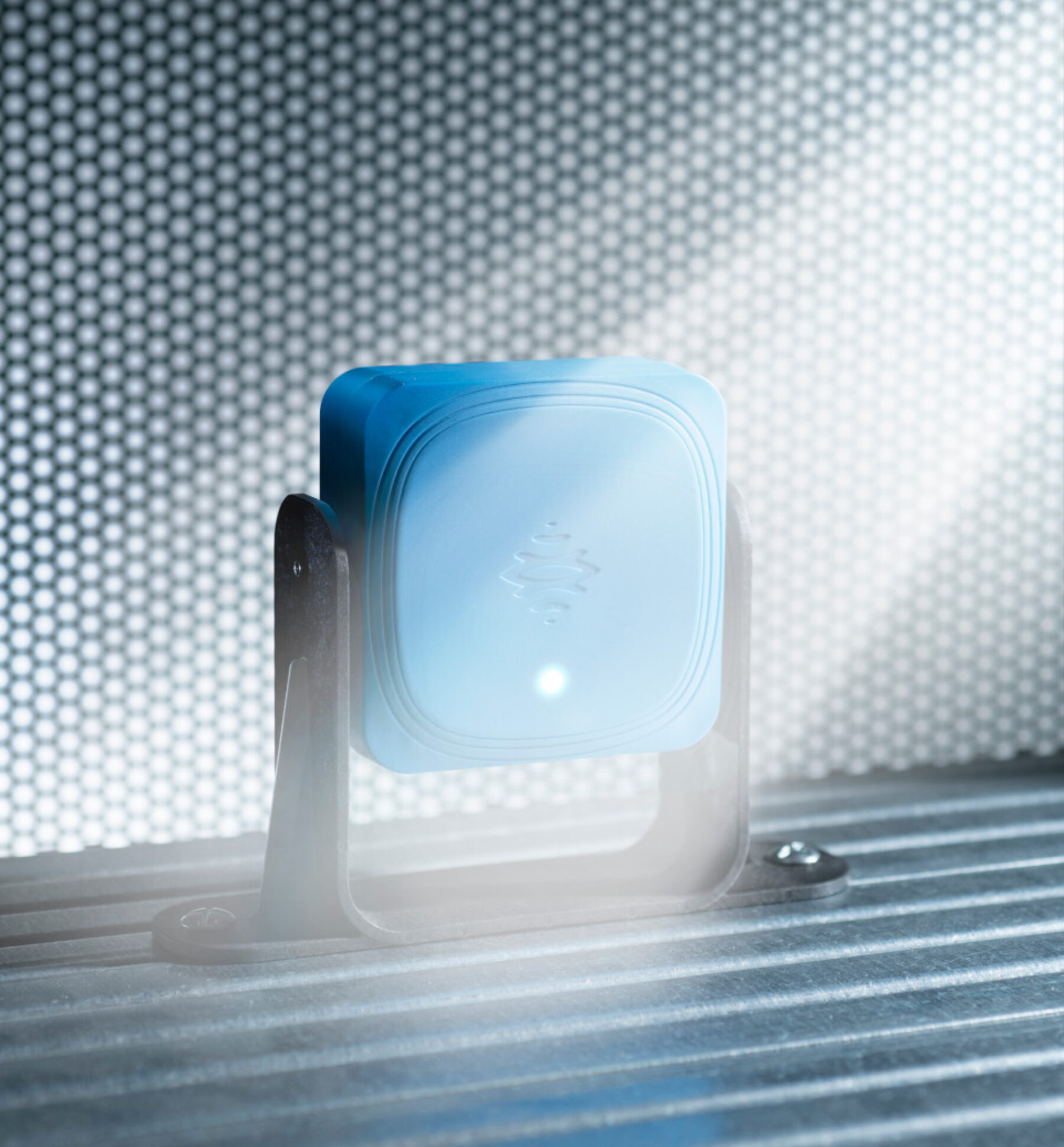
Surf the waves of innovation
How does radar work? A brief introduction to understand more
A radar is an electronic system, the abbreviation for Radio Detecting and Ranging, meaning detection and localization through radio waves. It can measure the distance and speed of an object by measuring the reflection of the radio waves that strike it.

The system is composed of a transmitter and receiver, both equipped with antenna, and a signal processing system. The transmitter transmits electromagnetic waves, while the receiver captures the waves reflected off of an object struck by them, when they bounce back towards the transmitter.
Analyzing the differences between the emitted and received waves, like the signal phases, it is possible to calculate the distance of the object that reflected the waves, detect its speed and estimate other properties of the object.
Electromagnetic waves are extremely resistant to disturbances, like dust, debris, smoke, fog or darkness, and they travel at the speed of light, approximately 300,000 km/s.




RCS. Radar Cross Section.
RCS (radar cross section) is a measurement that indicates how much an object is detectable by a radar. The higher the RCS, the higher the probability that a radar can reveal the object.
The quantity of electromagnetic energy that returns to the source is determined by a series of factors, including:
Inxpect. FMCW Radar Barrier.
The radar used by the Inxpect sensors is an FMCW (Frequency-Modulated Continuous Wave) type, which emits impulses that always have different frequencies. This type of radar, which is very safe, because it emits no high-power waves, can also measure very small distances (up to the length of the wave) and can measure several objects simultaneously.


